The Immortal Jellyfish
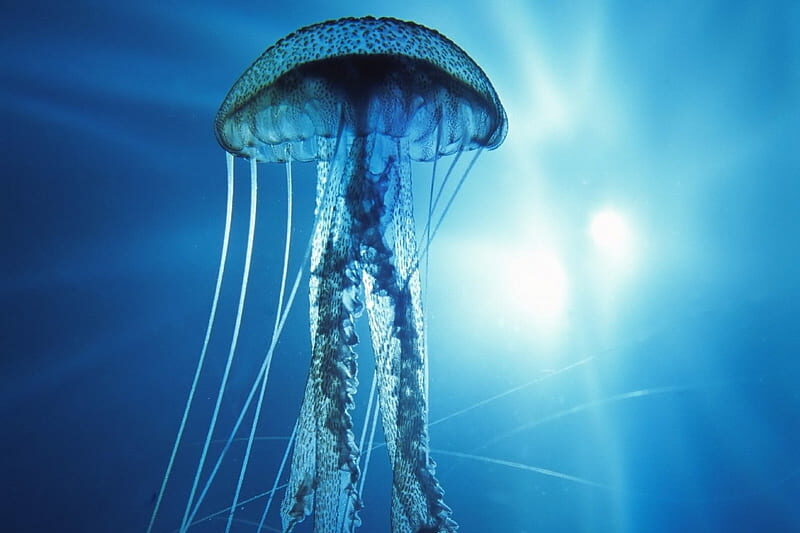
Imagine being able to hit reset on your life anytime things get a little rough—heartbreak, taxes, a bad haircut, just poof, back to babyhood. That’s exactly what Turritopsis dohrnii, aka the immortal jellyfish, can do. Found drifting through oceans around the world, this tiny creature (barely the size of your pinky nail) has the freakish ability to revert its cells back to their earliest form, essentially starting its life cycle all over again. Not once. Not twice. Potentially forever. It’s like someone gave it a backstage pass to the aging process, and it’s been sneaking past death ever since. Some researchers even believe it may hold the key to unlocking regenerative medicine—if we can ever figure out how it works.
Scientists have tried to decode how it pulls off this cellular Benjamin Button routine, and while some clues have surfaced—like transdifferentiation, where one type of cell morphs into another—they still don’t get the full picture. It’s like this jellyfish is sitting on the cheat codes of biology. Its DNA has some unique quirks, but no one’s cracked the full formula yet. Plus, in captivity, it doesn’t always perform its party trick, making it even more frustrating to study. While we’re busy chasing immortality with serums and surgeries, this little blob is out there living its best endless life—no filters, no fuss.
The Axolotl
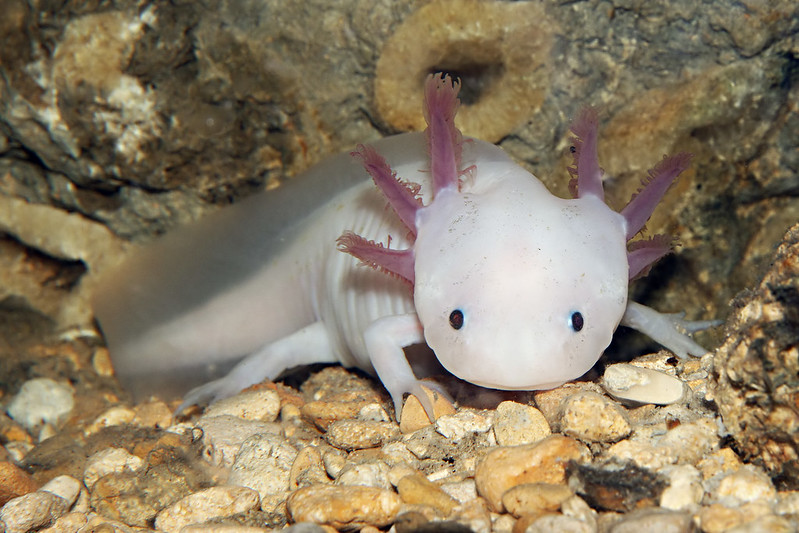
Meet the axolotl, Mexico’s smiling water dragon that gives Peter Pan a run for his money. This amphibian never goes through puberty like its cousins do. Instead, it stays forever young—gills, tail, baby face and all. And while that alone would earn it a spot on this list, it’s the axolotl’s insane regeneration powers that have scientists drooling. Lost a leg? It’ll grow back. Eye? No problem. Part of its brain or spinal cord? Yup—like it’s assembling IKEA parts underwater. It’s also surprisingly chill, gliding through the water like an underwater Buddha who knows the secrets of the universe.
But here’s the kicker: we still don’t understand how it does it without turning cancerous or going haywire. Human stem cell research has tried to crack the axolotl code, but so far, it remains an adorable enigma wrapped in a scientific mystery. What’s even stranger is that when scientists try to induce normal amphibian development, the axolotl resists—like it’s hardwired to stay a teenager forever. Its genome is ten times the size of a human’s, full of mysterious genes that seem to defy biological rules. And despite being a lab favorite for over a century, it continues to give science the side-eye while keeping its secrets close.
The Slime Mold

If you’ve ever left a damp leaf pile undisturbed, chances are you’ve walked past one of the weirdest geniuses on Earth. Slime mold—especially the species Physarum polycephalum—is a gooey, yellowish blob that looks like spilled mustard but can solve mazes, anticipate patterns, and even “learn” over time. Without a single neuron. It’s like some oozy alien intelligence decided to crash-land in your backyard compost heap. Researchers have seen it outperform computer algorithms in solving problems, despite the fact it technically has no brain—or even a head.
Scientists have run test after test, and somehow, this brainless organism keeps outperforming expectations. It can figure out the most efficient routes, remember past events (without a memory center!), and adapt to new situations. Some have called it the biological equivalent of a living network or decentralized intelligence. It’s so good at planning routes that one experiment showed it mimicking Tokyo’s train system just by reaching for food. Whatever’s going on inside that squishy yellow body defies traditional thinking—and might just redefine what it means to be “smart.”
The Invisible Amphibian

Picture this: you’re walking through the rainforests of Central or South America, and you spot a frog. Or… do you? Meet the glass frog—a translucent little gem whose underbelly is see-through, revealing organs, bones, and even a beating heart. It’s like nature made it out of jelly and forgot to add color. Why this see-through aesthetic? That’s part of the mystery. Some scientists think it’s camouflage taken to the next level—helping it blend into leaves and avoid predators. Others believe it could have to do with thermoregulation or even social signaling.
Even weirder: at night, these frogs become even more transparent by hiding 90% of their red blood cells. It’s like they’re moonlighting as tiny magicians. How do they do it without passing out from lack of oxygen? No one knows. Their circulatory sleight of hand leaves scientists scratching their heads, especially since such a mechanism is unheard of in other animals. Every time researchers peel back another layer—literally—they discover another quirk. And in a world full of camouflage experts, the glass frog may be nature’s most elegant vanishing act.
The Platypus
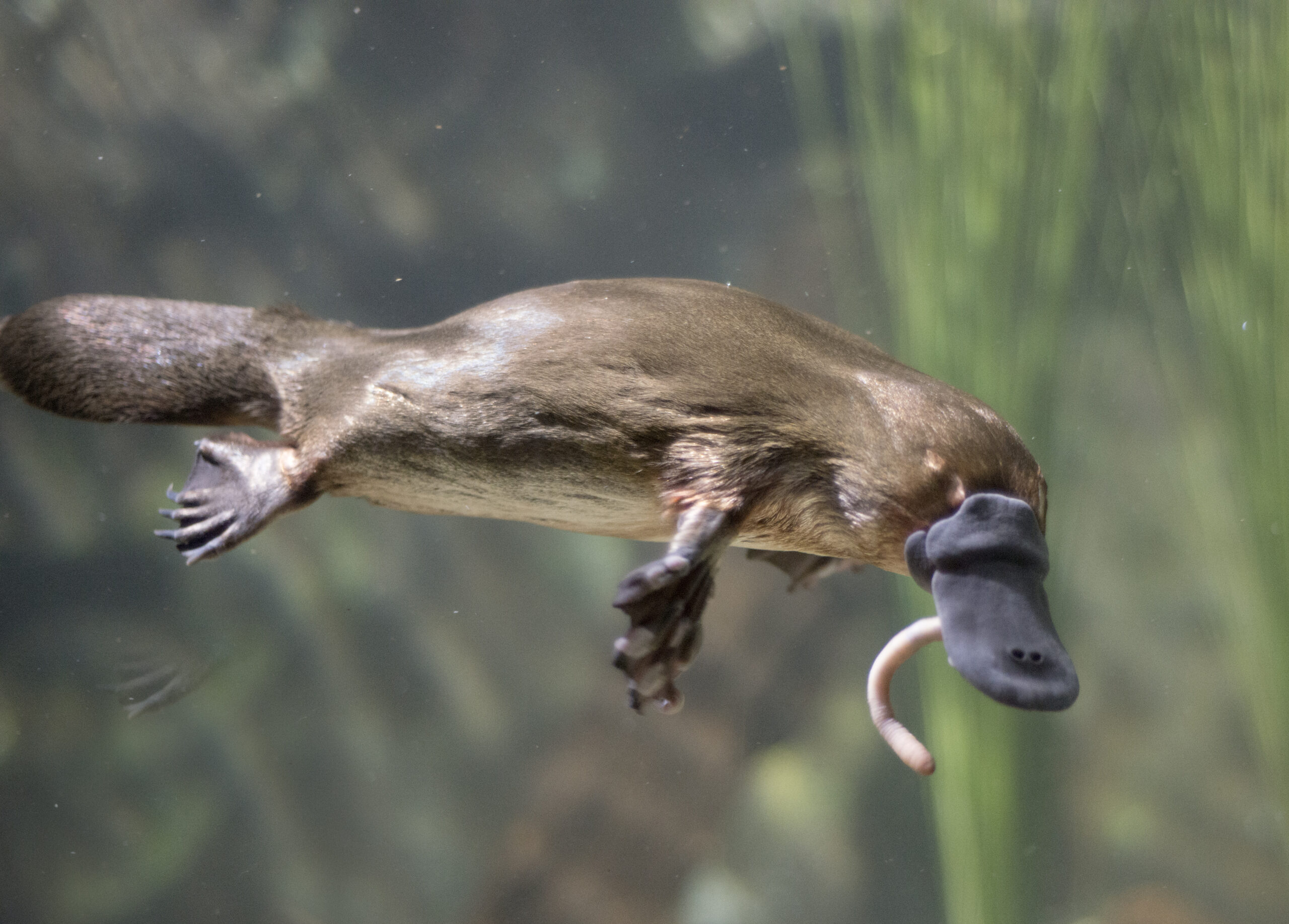
Duck beak. Beaver tail. Otter feet. Venomous spurs. Lays eggs. Produces milk… without nipples. The platypus is what happens when evolution gets drunk and starts mixing up animal parts like a biology buffet. When scientists first discovered it, they thought it was a hoax—literally. A stitched-together prank someone mailed from Australia. Fast forward to now, and it’s a living, swimming reality that still defies the logic of the animal kingdom. Its genome contains pieces found in reptiles, birds, and mammals—like a walking evolutionary Venn diagram.
Today, we know it’s real. But we still don’t fully get it. Its electrolocation abilities (detecting prey using electrical signals) are absurdly advanced, giving it super-sensory powers underwater. The venom from its ankle spurs doesn’t kill, but it can cause pain so intense it resists morphine. Scientists keep studying the platypus hoping it’ll give up some answers, but it just blinks back like, “You wish.” It’s one of the few animals that make researchers feel like they’re being trolled by nature itself.
The Puppetmaster Parasite
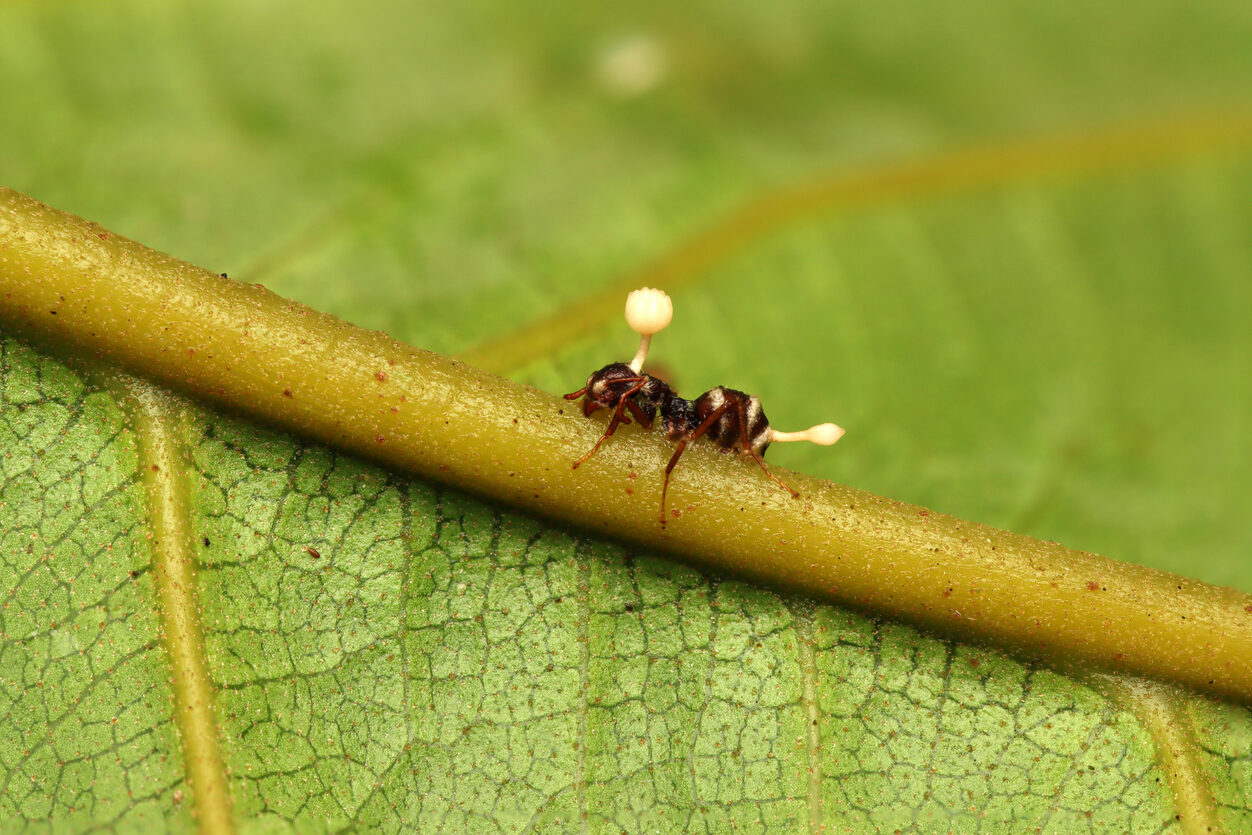
Okay, technically this one’s a fungus, but what it does to animals earns it a spot on this list. Deep in tropical forests, a sinister fungus called Ophiocordyceps unilateralis infects ants… and then takes over their minds. No, really. Once infected, the ant becomes a mindless drone, compelled to climb to a precise height on a plant and bite down. Then it dies. The fungus sprouts from its head like a creepy alien flower, releasing spores to infect the next poor soul. The level of precision is freaky—it even makes the ant bite into a specific type of leaf, in a humidity-controlled zone.
Scientists are still mystified by how the fungus controls the ant’s behavior so precisely. Some suggest it hijacks the muscles, others think it secretes chemicals that override the nervous system. Either way, it’s straight out of a horror movie—only it’s real, and happening on forest floors right now. Even weirder? The fungus leaves the ant’s brain intact while controlling the rest of the body, like it’s playing with a marionette. Nature, it turns out, doesn’t need fiction to be terrifying. And while the fungus’s methods are grotesque, researchers are beginning to wonder what other organisms might be out there, quietly pulling strings.
The Wood Frog
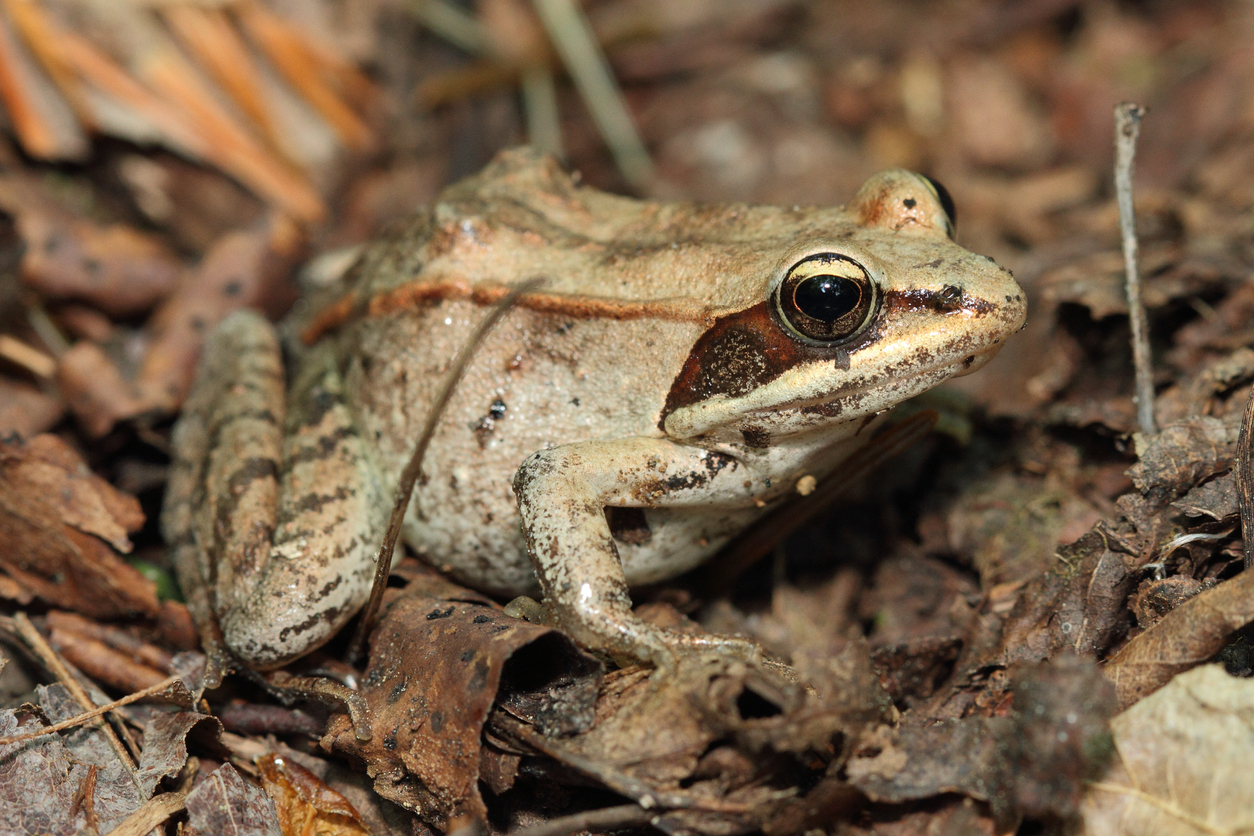
You’ve heard of cold-blooded animals, but what about ice-blooded? The wood frog of Alaska has one of the most metal survival tactics in the animal kingdom: it lets itself freeze solid during winter. Heart stops. Blood stops. It’s legally dead by human standards. Then spring rolls around, and like a scene from Frozen, the frog just… thaws out and hops away like nothing happened. Its body floods with glucose to protect its cells from freezing damage, acting like a biological antifreeze. It doesn’t even suffer from frostbite.
Scientists have found that it produces natural antifreeze proteins and sugars that prevent its cells from rupturing during the deep freeze. But the exact orchestration of its revival? Still mysterious. Its metabolism somehow restarts like a perfectly timed orchestra, avoiding the chaos you’d expect from waking up after being an amphibian popsicle. The more we study this chilly little miracle, the more we realize how little we understand about suspended animation. NASA is even looking at frogs like this for ideas about space travel. If life can pause and resume like this on Earth—who knows what’s possible out there?
The Horseshoe Crab
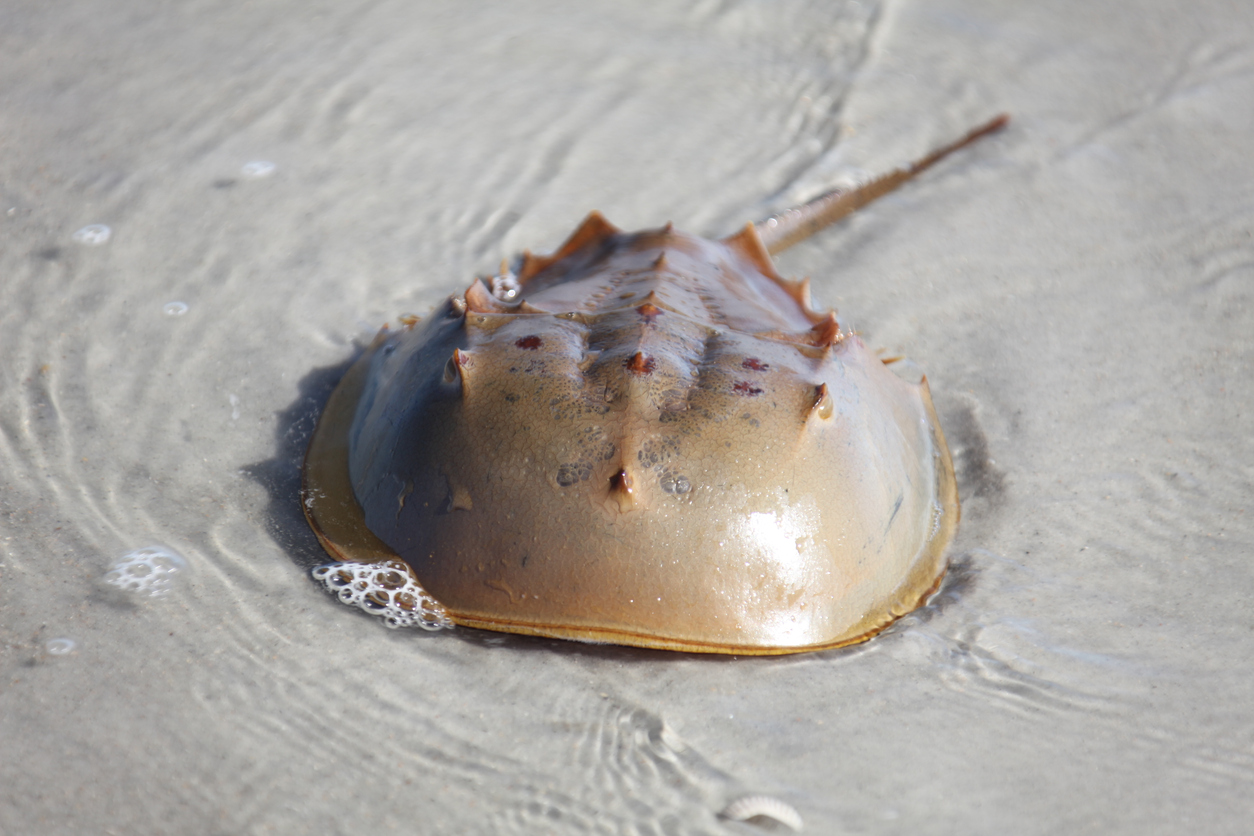
The horseshoe crab has been scuttling along Earth’s shores for over 450 million years—before the dinosaurs, before trees, before anything that looks remotely modern. Its blue blood is literally worth more than gold because it contains a compound that can detect bacterial contamination with eerie accuracy. It doesn’t even have a backbone, but it’s been holding up the pharmaceutical industry for decades. The blood clots instantly in the presence of toxins, making it an essential part of vaccine and IV safety testing. This ancient sea tank may look like a rejected movie prop, but it’s arguably one of the most important creatures on Earth.
Despite its ancient pedigree, this creature has barely changed over millennia. Evolution seems to have looked at it and said, “Nailed it.” But there’s still a lot we don’t get: Why is its immune system so advanced? How does it survive in such a range of conditions? And how has it avoided extinction for this long? Plus, there’s the unsettling question of how this alien-looking survivor fits into the larger picture of life’s development. Every time we try to place it neatly on the tree of life, it sidesteps classification like it knows something we don’t.
The Sea Sponge
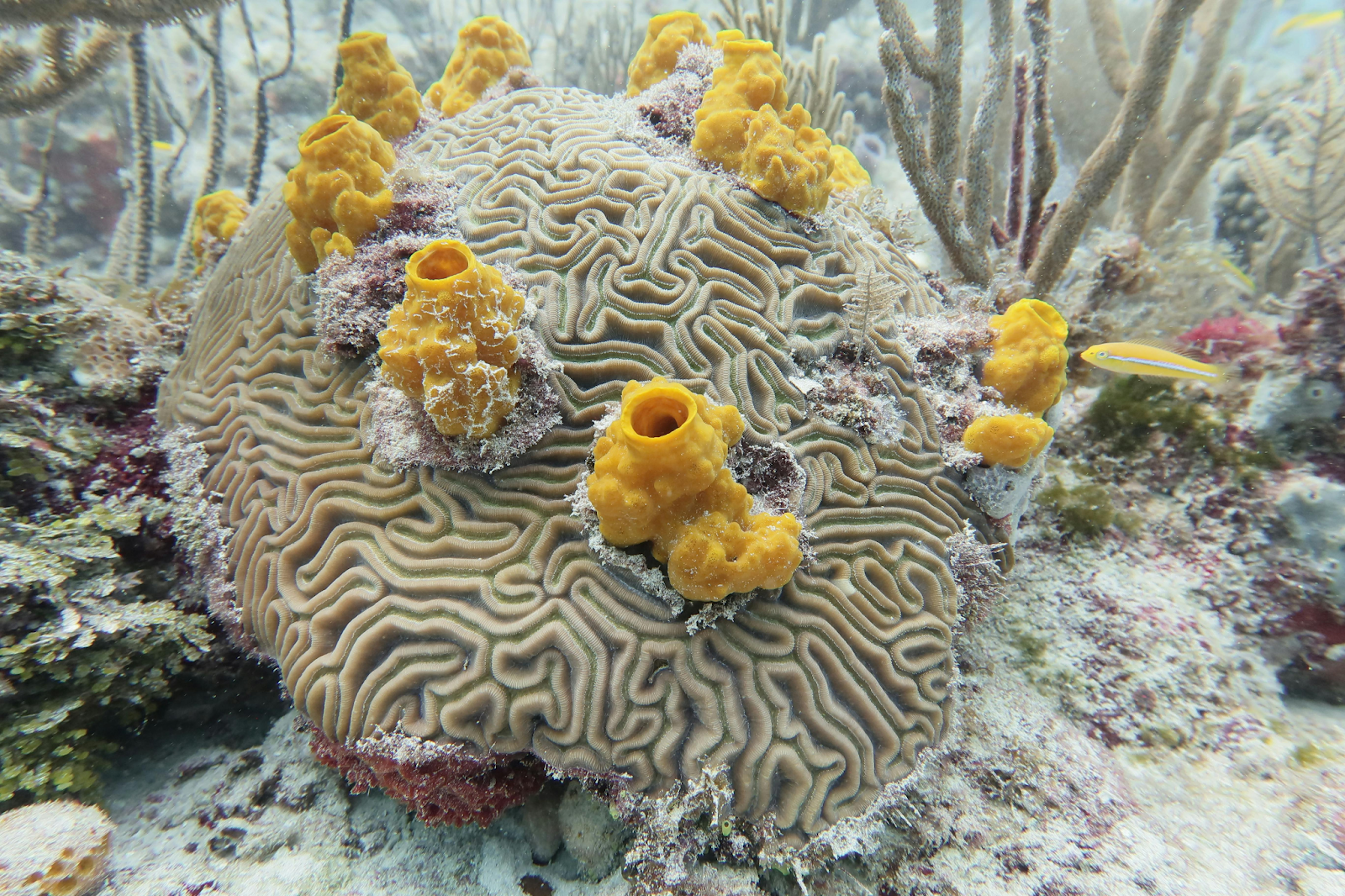
You’ve seen them in bathtubs, cartoons, and ocean documentaries—but sea sponges are so strange, they don’t even look like they belong in the animal kingdom. They don’t move. They don’t have organs. No nerves. No brain. Yet they’re alive, they feed, and they reproduce. They filter water through their porous bodies and live in slow-motion, ancient stillness. What’s more, if you blend them into a soup (yes, really), they can reassemble themselves into a functioning organism again. That’s not just weird—it’s borderline supernatural.
Scientists have studied sponges for centuries, but there are still gaping holes in our understanding. Some sponges can live for thousands of years, and others contain powerful chemical defenses that researchers are mining for antibiotics and cancer treatments. They defy almost every definition of what it means to be an “animal,” and challenge the very idea of individuality. Are they colonies? Organisms? Something in-between? The more we look at sponges, the more they resemble quiet sentinels of evolution, holding secrets from the dawn of animal life. It’s as if they’re patiently waiting for us to catch up.


